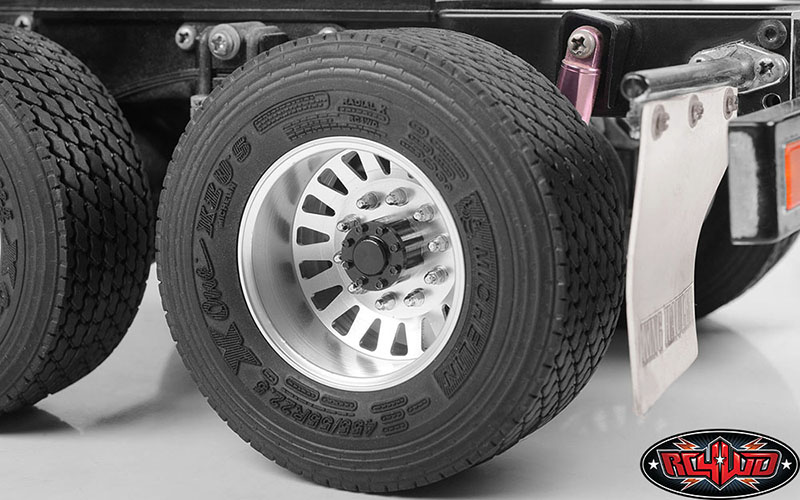Having the correct semi-truck or 18-wheeler tire size is vital in the operation of any size fleet of trucks. Properly operating tires impact the bottom line regarding the amount of time the trucks can be on the road and the safety of your operators and others on the road. Having the wrong semi-truck tire size can mean that general wear and tear happens faster. The size matters when understanding how the placement of each tire. More maintenance or less time on the road means your payload is not being delivered.
Over the last few years, the most common truck tire sizes include but are not limited to 295/75R22.5, 275/70R22.5, and 225/70R19.5. While these cover average truck tire sizes and the list is good information to have, it is not ultimately helpful if you don’t understand what these numbers mean to you and your truck/s.
If we take that first size, 295/75R22.5 and explain how semi-truck tires are sized, those numbers break down into several informative categories.
Tire Width - The first number in the series denotes the tire width. Semi-truck tire width can be displayed in terms of inches or millimeters. In this case, a 295-inch wide tire would be massive, so a quick assumption can be made that this is a millimeter marking. Having the correct semi tire width is vital as it is literally where the rubber meets the road.
Aspect Ratio - The second notation (75) after the slash mark is the aspect ratio. It represents the percentage of the length of height to width. This number is an important sizing calculation in tire fitting, and along with rim diameter will help you determine your best tire and wheel combinations.
Tire Construction Type - In this example, the letter R stands for radial (this notates that the steel belts inside are running 90-degrees from the direction the tire is facing). If you see a dash, then the tire is bias-ply (this notates that the nylon belts running anywhere from 30 to 45-degrees from the direction the tire is facing). Much less common are B for bias belt and D for diagonal.
Much less common are B for bias belt and D for diagonal.
Rim Diameter - The following number, in this case, 22.5, is the diameter. This does not apply to the diameter of the whole tire, but rather the semi-truck wheel diameter (the hole in the center of the tire). You would need a 22.5-inch wheel to fit this tire.
When reading the sidewall, you will encounter two additional numbers.
Load index - This number will indicate how much weight or load carrying capacity a single tire can hold. For example, 89 = 1,279 pounds, while 88 = 1,235 pounds.
Speed rating - You will see a speed rating letter at the end of the string. This indicates how fast the tire can go under its maximum load. A tire can go faster than this number at a lower load, but typically the tires can withstand a higher speed than the speed limits you will encounter.
No matter the size of your fleet or the needs that your trucks meet, we have the right tires for you. Whether you are looking for steer tires, drive tires, trailer tires or all position tires, we can outfit every wheel position of your commercial truck. Whether you’re looking for a top-tier fuel-efficient tire or a more economical option, we carry a wide variety of brands and semi-truck tire sizes, and we can get you and your truck back on the road quickly.
Whether you are looking for steer tires, drive tires, trailer tires or all position tires, we can outfit every wheel position of your commercial truck. Whether you’re looking for a top-tier fuel-efficient tire or a more economical option, we carry a wide variety of brands and semi-truck tire sizes, and we can get you and your truck back on the road quickly.
FIND A GCR DEALER NEAR YOU
You can't go a single day on the road without seeing semi-trucks. They're an integral part in the world of logistics, so they're certainly a common sight. One thing you can't help but notice about these vehicles is their tires. Exactly how big are they? We have researched semi-truck tires and have the answers for you.
There are several standard sizes of semi-truck tires currently used, but some of the most popular sizes include:
These are tires with widths of 225 mm-295 mm. They also have a height to width ratio, also known as an aspect ratio of 70-75, and a rim diameter of 19.5-22.5 inches.
They also have a height to width ratio, also known as an aspect ratio of 70-75, and a rim diameter of 19.5-22.5 inches.
Before you continue reading, let us say we hope you find the links here useful. If you purchase something through a link on this page, we may get a commission, so thank you!
This article will discuss how big semi-truck tires are and how to read a semi-truck tire's size. We will also learn about other semi-truck tires related questions. Keep reading to learn more.
Semi-truck tires are a bit larger than standard car tires. A typical size for a car tire would be a size like 235/40R18, which has a tire width of 235 mm. A semi-truck tire typically has a size around 225/70R19.5 and 295/75R22.5, which has a tire width between 225-295 mm.
Also, the car tire has an aspect ratio of 40, which means that the tire, from the rim to the tread, is 40 percent the length of the tire's width. The larger aspect ratio on a semi-truck tire makes it taller.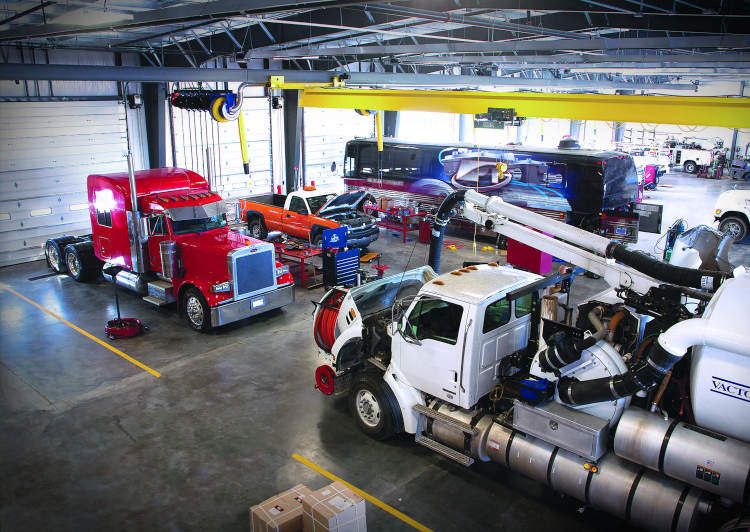 A semi-truck tire's rim diameter is larger than the 18-inch diameter on the car's tire.
A semi-truck tire's rim diameter is larger than the 18-inch diameter on the car's tire.
Overall this makes semi-truck tires bigger than standard car tires. This makes sense when you think about how much more weight a semi-truck tire has to carry. Also, semi-trucks drive for longer hours than a typical residential vehicle. The additional weight the truck has to carry in addition to the long driving hours puts a lot more wear on the tires, so they need to withstand that.
When you read the tire size on a semi-truck tire, you will see some numbers and letters arranged like this: 225/70R19.5.
On GCR Tires, they break down the four main parts of a semi-truck tire's size.
The first number from our example is '225.' This is the tire's width in millimeters. This is the number that the next section references to understand tire height.
The height of the tire isn't just listed like the width. Instead, it is written as a ratio of the width of the tire. So in the example, after the slash is '70.' This means that the tire's height, from the rim to the edge of the treads, is 70 percent of the tire's width.
Instead, it is written as a ratio of the width of the tire. So in the example, after the slash is '70.' This means that the tire's height, from the rim to the edge of the treads, is 70 percent of the tire's width.
The letter after the number '70' in our example is 'R.' This lets us know that the type of tire is radial. This means that the tire is supported with steel belts that run radial inside the tire. There are other types, but radial is the most common for truck tires.
The rim diameter is the diameter of the center of the tire. This lets you know what size rim wheels fit inside this tire. In the example, it would be the '19.5' at the end. This indicates that the rim diameter is 19.5 inches across.
Semi-truck tires are big to allow for more traction and stability while driving. Semi-trucks can move thousands of pounds of cargo across thousands of miles. It can be crucial that the tires on them are up for such a long job.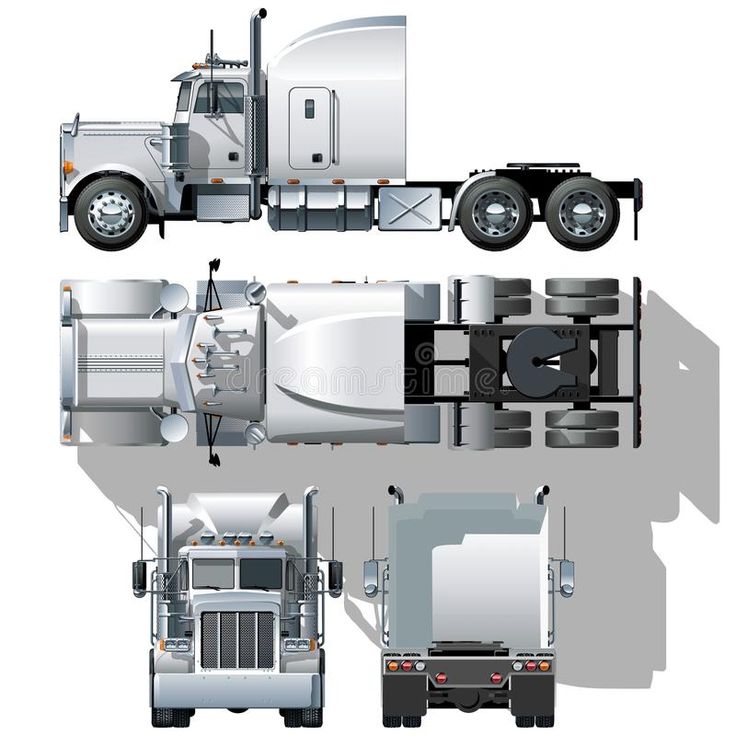
Wider tires help to distribute the weight across more surface area, while taller tires mean the tires can rotate less and cover more distance. Also, with more rubber between the road and the truck, there is more material to use up over time. This will improve the time between tire replacements.
When you are choosing tires for your semi-truck, it is good to know what your options are. You will want to read your truck's owner manual to see what tires it recommends in different situations. In some cases, your vehicle may need different tires than in another situation.

Be sure to choose the right tire for the right vehicle and situation. You will want larger treads for off-roading than a long drive across Kansas.
Lube Zone says that semi-truck tires have a life span of three to six years. It is recommended that you change your tires no less often than every six years. If the tire has more wear or damage, then it may need to be replaced sooner, like three years.
One more thing to know when changing semi-truck tires is about changing them in pairs. When you change a semi-truck's tires, you want to change the opposite side tire as well.
When the treads on two adjacent tires are uneven, it can cause issues when you drive. This is why it is recommended to change all of your semi-truck tires in pairs.
Steer tires are the tires in the front of a vehicle that are used to steer. They are designed a little differently than other tires to optimize their position on the vehicle. Since they are in the front and used to steer, they are designed to have lots of traction to control the vehicle better.
Since they are in the front and used to steer, they are designed to have lots of traction to control the vehicle better.
These tires also tend to be built stronger than other tires since turning your vehicle wears them out. By having higher endurance, they can help the tires in the front and back wear more evenly.
On a semi-truck, there are two other tires we will also talk about.
A drive tire is usually located just behind the steer tire on a semi-truck. These are the tires that are hooked to the drive train and push the vehicle forwards.
To help increase traction with the road, these tires have stronger treads. Since the truck's power is based on how hard the truck can push off the road, the tires have to have a lot of traction.
If you tried to use a different tire where the drive tire was supposed to go, your vehicle wouldn't be able to grip the road. This would result in less available power for the semi-truck. Drive tires can be essential to maintaining efficient trucks.
A trailer tire is a tire that is usually located at the back of a semi truck's trailer. These tires don't receive power from the drive train and also don't help in steering. For this reason, they don't need to have as strong of treads. The forces on these tires are greatly lower than their counterparts.
When you are installing steer tires, it is a good practice to make sure that they match. When your vehicle has different size steer tires, then the vehicle will handle incorrectly. You may notice that you slide when you shouldn't or don't turn correctly. So make sure that your steer tires match.
Now, what if you are in a situation where you have no choice but to use mismatched steers tires temporarily. How much damage will this cause to your vehicle? Overall this won't do any severe damage to the vehicle but, it does reduce the vehicle's handling. If you must drive without matching steer tires, go slower to help keep yourself safe.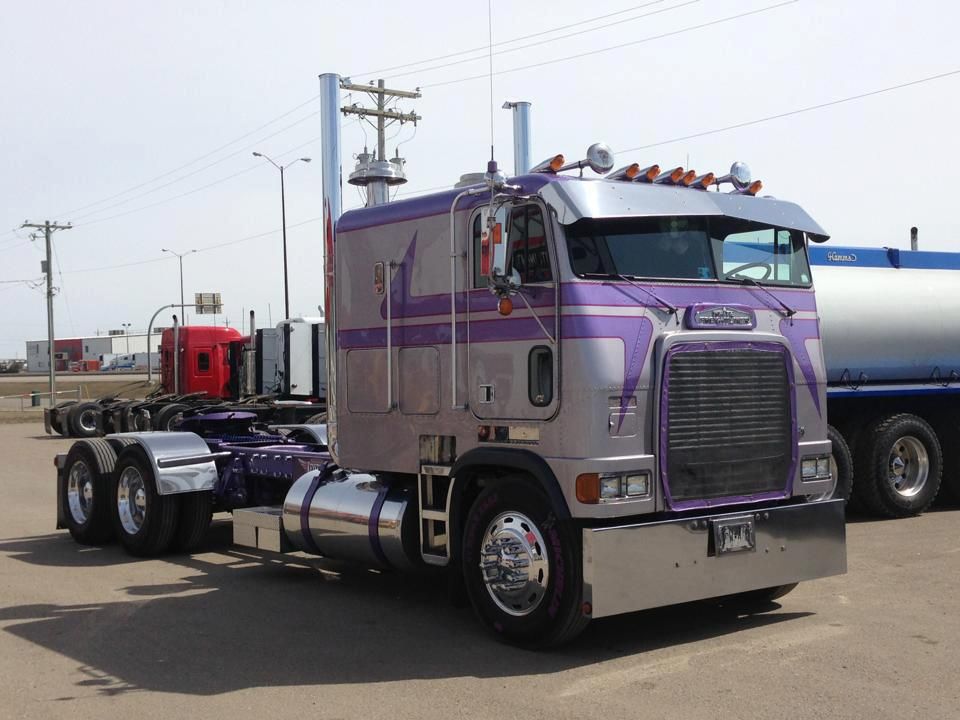
Semi-truck tires, like most tires, are made from a blend of natural and synthetic rubber. This rubber is layered in different configurations depending on the specific tire.
Semi-truck tires are built with lots of hard rubber layers to make the tires extra resilient. On the other hand, standard car tires are also made with layers of rubber, but the rubber they use is not nearly as dense. They also don't use as many layers.
There are also other special layers they can add to a semi-truck's tires to improve performance. One of these things is a polyester layer that helps to prevent the tire from overheating. It also adds a layer of rigidity to help the tire hold its shape.
In this article, we learned how big semi-truck tires are and how to read their size. We also learned that semi-truck tires are big to increase traction and stability. Also, larger tires last longer since they have more rubber.
Next, we covered the different types of tires and how it's essential to keep your drive tires and steer tires in the correct location.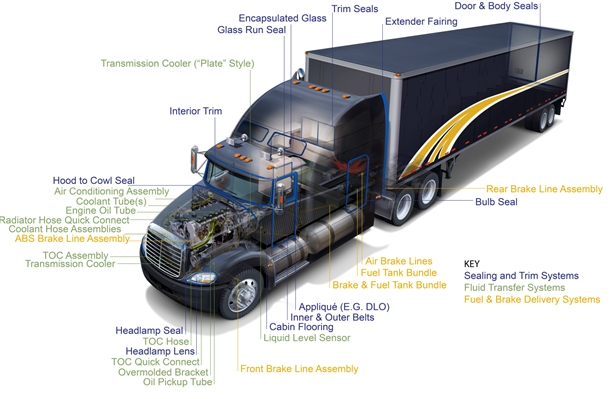 Finally, we learned that tires are made from different rubber layers of varying densities. The density affects how well the tire will endure. Semi-truck tires are usually denser.
Finally, we learned that tires are made from different rubber layers of varying densities. The density affects how well the tire will endure. Semi-truck tires are usually denser.
We hope you enjoyed this article. If you would like to learn more, check out these other posts.
How Many Miles Does A Semi Truck Last?
Should Good Tires be On Front Or Back?
It's not a secret for any driver that tires need to be replaced if they are used annually. If you do not take into account the risk of a serious puncture of rubber or other unpleasant situations, then the need to change the set of wheels occurs seasonally. Compliance of tires with the season of their use ensures the safety of the driver, his passengers and gives peace of mind, confidence in any weather.
The Wolfsburg manufacturer delivers its products in accordance with all German quality requirements. Drivers become owners of Volkswagen Polo cars all over the world, so the models of these vehicles take into account the characteristics of the road surface of each country separately.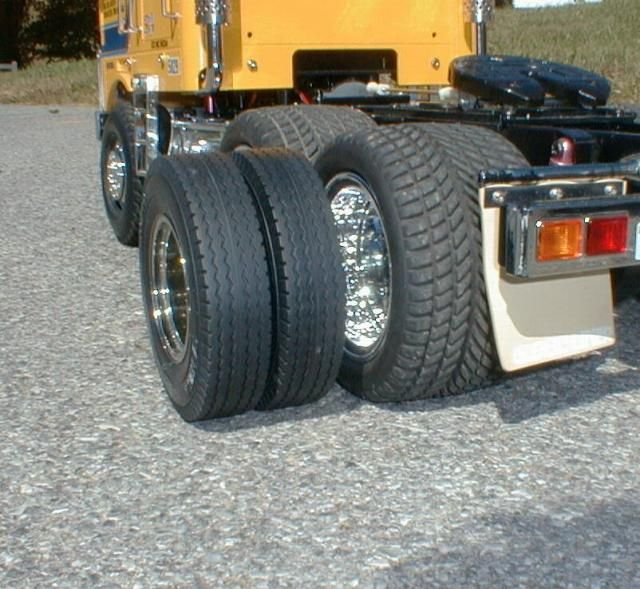 Determining the size of the wheels of a car, with this in mind, is individual. nine0003
Determining the size of the wheels of a car, with this in mind, is individual. nine0003
The European market, to which this German car is supplied, is divided into two areas: Western European and Eastern European. They are divided due to various road and weather conditions. The Eastern European direction includes divisions in the form of Russia, Ukraine and Belarus. In these states, the operating conditions of the cars themselves and their tires in particular are more difficult. This is due to poor road surface, which is often simply absent. This market is characterized by the following points:
Thus, if in Western Europe drivers install 17 or 18-inch tires on a Volkswagen Polo car, then Eastern Europeans tend to R14. This wheel size is set as the base by the manufacturer.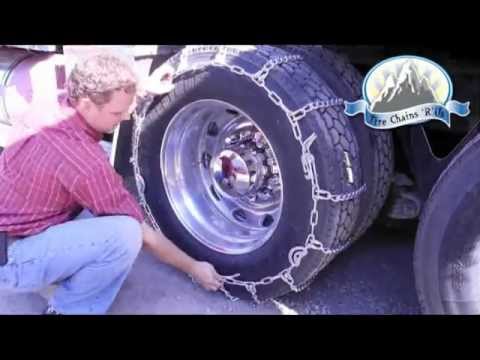
| Volkswagen Polo; Year of issue 01.10.1982-01.08.1990 | ||||
|---|---|---|---|---|
| R13 | ||||
| Tires | Discs | |||
| Original | 155/70R13 | Original 5.5x13 4*100 d57-57.1 ET38 | ||
| Original | 175/60R13 | |||
| Original | 165/65R13 | nine0040 Replacement for5-5.5x13 4*100 d57-100 ET20-37 | ||
| Volkswagen Polo; Year of issue 01.09.1990-01.08.1994 | ||||
| R13 | ||||
| Tires | Discs | |||
| Original | 155/70R13 | Original | 5.5x13 4*100 d57-57.1 ET38 | nine0026 |
| Original | 145/R13 | Original | 4.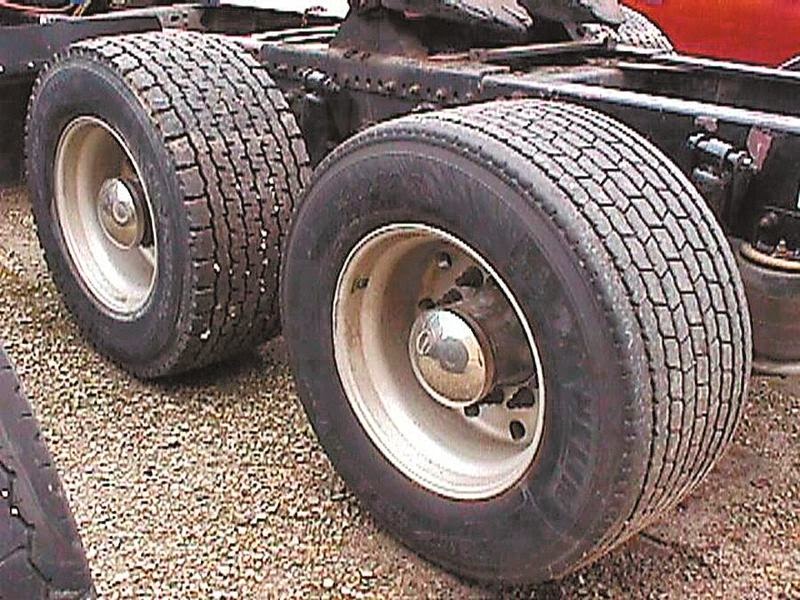 5x13 4*100 d57-57.1 ET38 5x13 4*100 d57-57.1 ET38 | |
| Original | 175/60R13 | |||
| Original | 135/R13 | Replacement for | 4.5-5.5x13 4*100 d57-100 ET20-37 | |
| Original | nine0040 165/65R13||||
| Volkswagen Polo; Year of issue 01.10.1994-01.11.2001 | ||||
| R13 | ||||
| Tires | Discs | |||
| Original | 155/70R13 | Original | 4.5x13 4*100 d57-57.1 ET35 | |
| Original | nine0086 175/65R13Original | 5.5x13 4*100 d57-57.1 ET43 | ||
| Replacement for | 4.5-5.5x13 4*100 d57-100 ET20-34 | |||
| Replacement for | 165/70R13 | Replacement for | 4.5-5.5x13 4*100 d57-100 ET36-42 | |
| R14 | ||||
| Tires | nine0033 Discs||||
| Original | 185/55R14 | Original | 6x14 4*100 d57-57.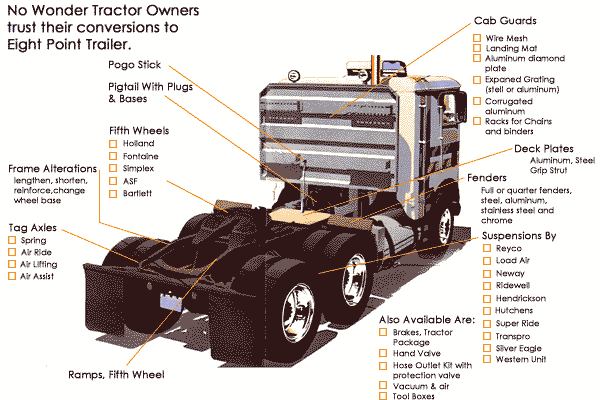 1 ET45 1 ET45 | |
| Replacement for | 165/60R14 | Original | 6x14 4*100 d57-57.1 ET43 | |
| Replacement for | 5-6x14 4*100 d57-100 ET30-42 | |||
| Volkswagen Polo; Year of issue 01.12.2001 - 01.01.2009; Modification IV(9N) | ||||
| R13 | ||||
| Original | 155/80R13 | Original | 5x13 5*100 d57-57.1 ET35 | |
| Replacement for | 175/70R13 | Replacement for | 5-5.5x13 5*100 d57-100 ET20-43 | nine0025|
| Replacement for | 185/65R13 | |||
| R14 | ||||
| Tires | Discs | |||
| Original | 185/60R14 | Original | 5-6x14 5*100 d57-57.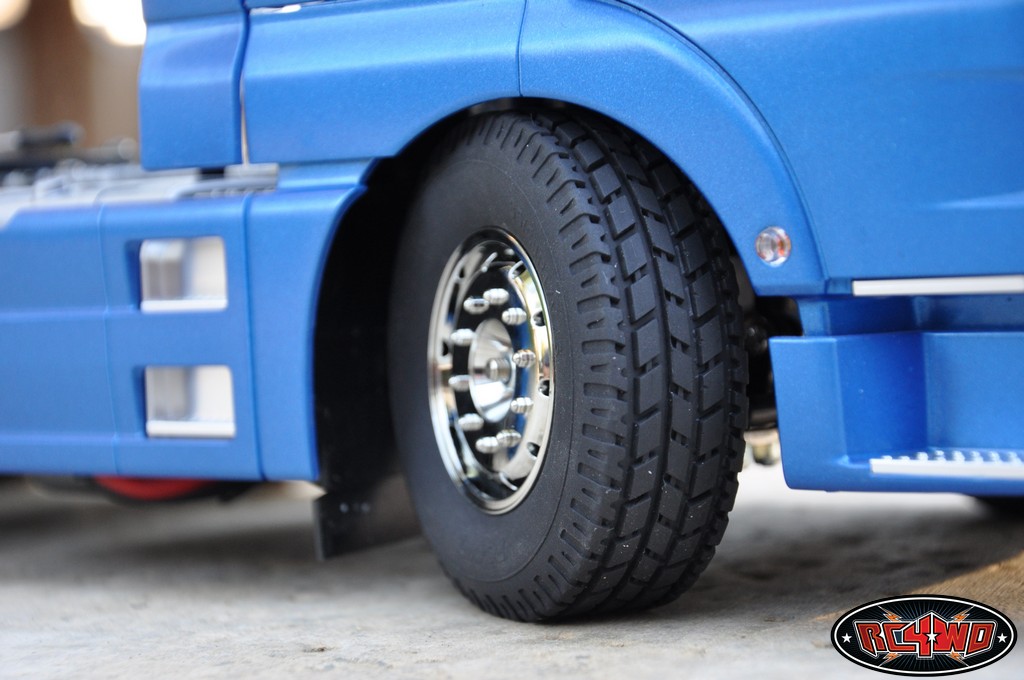 1 ET35-43 1 ET35-43 | |
| Original | 165/70R14 | nine0025|||
| Replacement for | 175/65R14 | Replacement for | 5-6x14 5*100 d57-100 ET20-43 | |
| R15 | ||||
| Tires | Discs | |||
| Original | 195/55R15 | Original | 6-6.5x15 5*100 d57-57.1 ET37-43 | nine0026 |
| Original | 185/55R15 | |||
| Original | 195/50R15 | Replacement for | 6-7x15 5*100 d57-100 ET20-43 | |
| Replacement for | 205/50R15 | |||
| Replacement for | 185/60R15 | |||
| R16 | nine0026 | |||
| Tires | Discs | |||
| Replacement for | 6-8x16 5*100 d57-100 ET20-43 | |||
Volkswagen Polo; Year of release 01. 01.2009-; Modification V(6R) 01.2009-; Modification V(6R) | ||||
| R14 | ||||
| Tires | Discs | |||
| Original | 175/70R14 | Original | 5-6x14 5*100 d57-57.1 ET35-38 | |
| Replacement for | 185/65R14 | Replacement for | 5-6x14 5*100 d57-100 ET20-43 | |
| R15 | ||||
| Tires | Discs | |||
| Original | nine0040 185/60R15Original | 6x15 5*100 d57-57.1 ET38-40 | ||
| Replacement for | 195/55R15 | Replacement for | 6-7x15 5*100 d57-100 ET20-43 | |
| R16 | ||||
| Tires | Discs | |||
| Original | nine0040 6.||||
| Replacement for | 6.5-8x16 5*100 d57-100 ET20-43 | |||
Based on the data in the table, Volkswagen Polo tires today have the following values: diameter 14 or 15 inches, tire width from 175 to 195 mm, profile (width to height ratio) from 55 to 70%. Deviations up or down are allowed at the discretion of the car owner, tk. this decision requires a detailed study of all positive and negative consequences. nine0003
| Winter tires for Volkswagen Polo | Nokian Hakkapeliitta R3 Michelen X-Ice 2 Cordiant Polar SL Continental ContiVikingContact5 |
|---|
Positive aspects of Nokian Hakkapeliitta R3 tires:
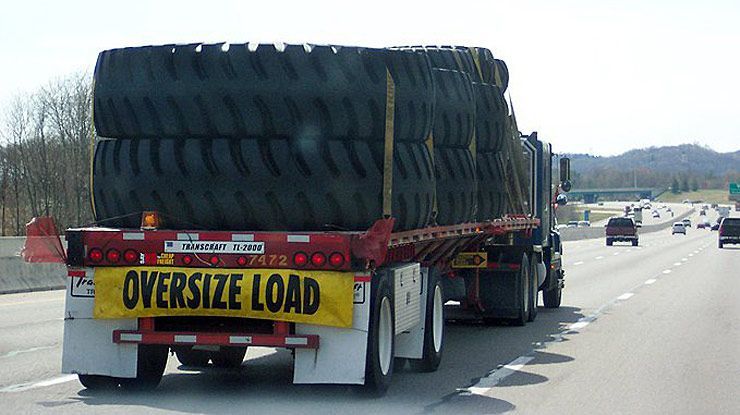
Negative side of these tires:
Pros of tires Michelen X-Ice 2:
Minus these tires:
Positive features of rubber Cordiant Polar SL:
Negative features:
Plus Continental ContiVikingContact5:
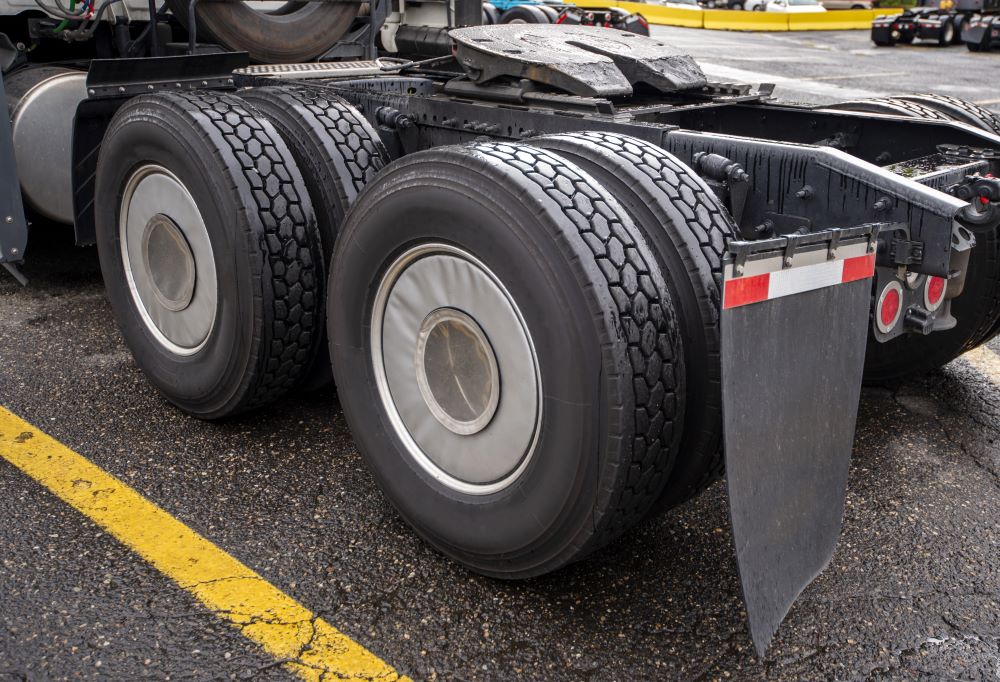
Cons of these tires:
Hard rubber compound.
Summer for drivers is a time of the year that reveals the ability of car tires to resist hydroplaning, maneuver on dry pavement, endure high loads and long long trips. nine0003
Summer tires for Volkswagen Polo must have a high level of control, handling. During trips, the driver and his passengers should feel comfortable, which is not overshadowed by the noise of tires rubbing against the road surface. Hydroplaning should be an insignificant obstacle, which can be easily overcome by channels that remove excess moisture quickly and imperceptibly to the driver.
You can pay attention to the following tires for Volkswagen Polo: Nokian Hakka Green 2, Pirelli Cinturato P1, Cordiant Sport 2 (PS-501), Continental ContiPremiumContact 5. Each of them has a set of positive qualities listed above, and the disadvantages are individual characteristics: This is the cost and the difference in the composition of the rubber.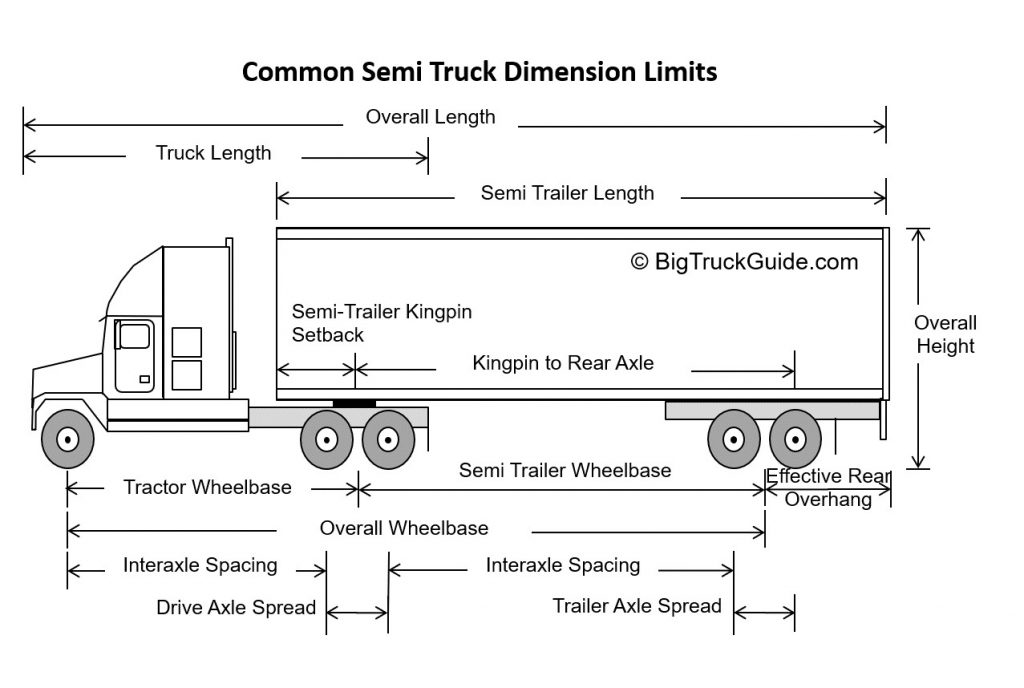 nine0003
nine0003
Wheels for Volkswagen Polo have five mounting holes, and their diameter varies from 14 to 17 inches.
It should be borne in mind that the main dimensions are 14 and 15 inch disc diameters. Before installing larger rims, you need to make sure that this will not harm the wear resistance of automotive rubber.
Recommended pressure, depending on the degree of load, is shown in the table below:
Consider the influence in the table below:
Consumer disputes over the age of tires have not subsided for several seasons. Buyers are excited that the warranty period for tires is limited to 5-6 years according to GOST, and after the expiration of this period, the rubber becomes unusable. nine0003
nine0003
Is this really the case, read this article.
Manufacturers of most brands for their products set shelf life - 5 years and the service life is also 5 years .
The shelf life of a tire is the period during which it retains its performance when properly stored.
The end of this period does not mean that the tires have become unusable . A shelf life of 5 years is given by manufacturers because, by law, they cannot set a shelf life higher than the service life. Tires over 5 years of storage cannot be called damaged or defective, their technical characteristics may be slightly reduced. American researchers argue that the period of storage of "shoes" must be at least 10 years. Experts from Germany are sure that it cannot exceed 6 years.
The expiration date of tires is the warranty period during which the manufacturer is responsible for the quality and condition of the tire if it was used for its intended purpose without violating the operating rules.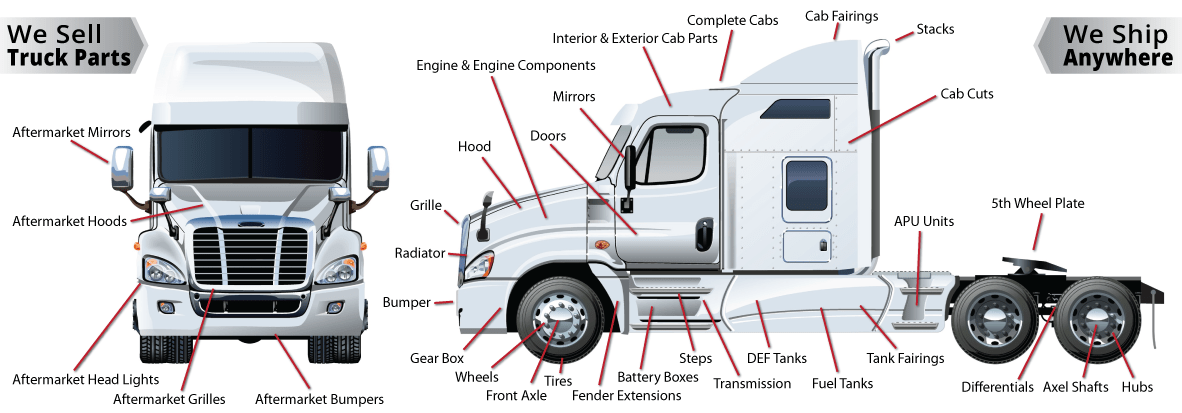
According to Russian legislation (GOST 5513, GOST 4754-97) , the service life of tires is 5 years from the date of manufacture.
How can I find out the date of manufacture of tires?
You can find out the age of tires by a special DOT code. Tires manufactured after 2000 in the DOT code contain two pairs of numbers, where the first pair indicates the week number of the year, and the second pair indicates the year. Earlier tires before 2000 have 3 numbers in their composition, where the first two digits are the week number, and the last one is the year (see the transcript in the photo). nine0003
Determination of the average shelf life of a tire according to GOST and operating conditions.
- The symbol ZR denotes tires for high-speed cars. They are recommended to be used at speeds over 240 km/h. up to 6 years
- Tires with the H symbol are used at a maximum speed of 210 km/h. within 5 years.
- The sign S symbolizes the maximum permissible speed of 180 km/h. and operational period of 4-5 years. nine0003
Most tire manufacturers do not agree that tire life is limited to 5 years. Each company has its own opinion on this matter. We analyzed several of them and the information they posted on their official websites.
Michelin
The French tire manufacturer Michelin has become famous for its active fight against the perception of the rapid aging of tires as a perishable product. Her information campaign "Tires Are Not Bananas" created a lot of noise in the automotive environment. According to the representative office, several test trials were carried out in Saudi Arabia, South Korea and Germany. As a result of testing, no difference was found between new tires and tires stored for 3 years. They were tested for various characteristics such as rolling resistance, high speed durability, etc.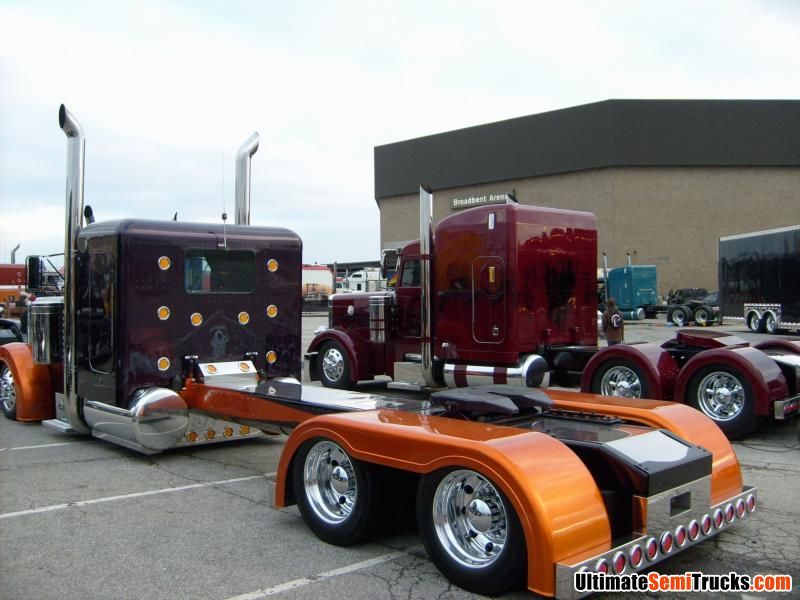 Tires with a year life were approximately equal in performance to 10-year unused tyres. nine0003
Tires with a year life were approximately equal in performance to 10-year unused tyres. nine0003
Michelin focuses the attention of car owners on the fact that tires are not a perishable product, their shelf life is not as important as the service life is important, starting from the date the tires are installed on the rims. It is from this moment that the tire is subjected to all tests: pressure, temperature changes, wear, contact with uneven and sharp coatings, etc.
Continental
On the Russian official website of Continental, we found the following information on the expiration dates of tires. nine0003
“When a tire is stored in the correct position and under the recommended conditions, it will not lose its original balanced performance for 5 years from the date of manufacture of the tire.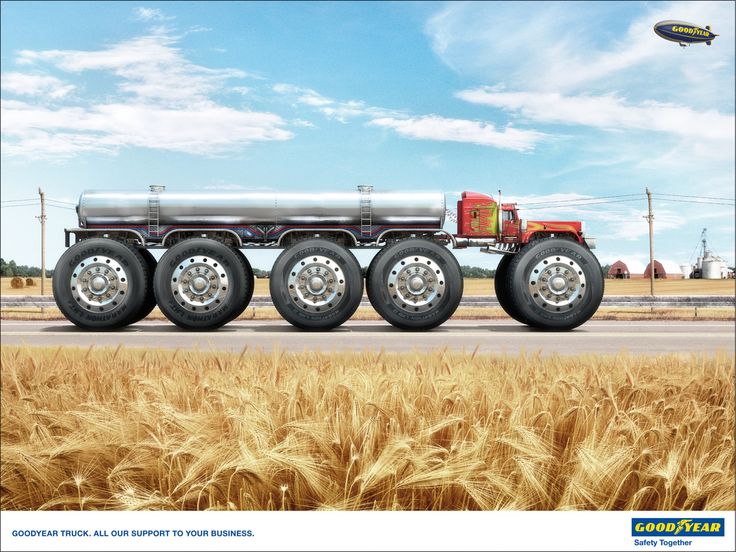
A properly maintained, unused tire less than 5 years old can be sold as a new tire and used normally.
Continental recommends replacing all tires (including spares) with a sidewall date greater than 10 years. nine0003
Nokian
The following information is posted on the Nokian official website:
“Tire life is not defined by law, but tires can only be considered “new” if they have been manufactured within the last five years. The recommended service life of tires is six years and the recommended maximum period is 10 years.
The opinion of our specialists, based on many years of experience, coincides with the opinion of manufacturers: the shelf life is 5 years + the service life is up to 10 years. Moreover, more "adult" tires, in our opinion, are of better quality. nine0003
To keep tires as long as possible, they are stored in compliance with all rules and recommendations. The main condition is a cool, ventilated, darkened room away from oils, paints, ozone, and heat sources.
Rubber products tend to lose their performance over the years. To prevent and slow down this process, manufacturers add polymers to the rubber compound. They prevent oxidative processes that occur due to the interaction of protectors with oxygen and ozone. nine0003
The following are the main conditions for the proper storage of tires in accordance with GOST 24779-81:
Maintaining a constant regime without sudden jumps, slight temperature fluctuations from -30°С to +35°С are allowed;
Provide a low humidity level of 50-80% in a dry, ventilated cool room;
Avoid direct sunlight, use darkened hangars, shield heat sources; nine0003
Keep away from sources of heat;
Tires should not come into contact with corrosive, copper materials.
Avoid kinking, loading or positioning on an uneven surface.
Avoid contact with oils, organic solvents, acids, alkalis, fuels and lubricants on the tire surface. It is forbidden to lay tires on a wet and dirty surface. nine0003
In the warm season, when storing tires outside, they should be covered with light-tight material and raised above ground level to ensure ventilation and prevent the occurrence of the greenhouse effect.
Storage on reflective, light and heat absorbing surfaces is prohibited.
Keep away from chemicals, oils, paints, open flames, electric motors that produce ozone. nine0003
Used tires must be washed and dried.
Tires without rims should be stored upright.
The service life depends on many factors: the load on the car, the quality of the roads, the driving style, the mileage traveled, tire damage, etc. To increase their service life, follow these rules: nine0003
Check tire pressure every 2-3 weeks. With reduced pressure, tire wear increases by the equivalent of a % reduction. For example, a 15% reduction in pressure can result in a 15% reduction in service life. Inflated tires are less scary.
With reduced pressure, tire wear increases by the equivalent of a % reduction. For example, a 15% reduction in pressure can result in a 15% reduction in service life. Inflated tires are less scary.
The wear of the front tires is always significantly higher than the rear ones, so it is recommended to swap them after some time, carefully watching the direction of the tread pattern and the direction of rotation. nine0003
Proper alignment of tires in relation to rims. If the direction is not the same, then performance is significantly reduced.
To prevent damage to the sidewalls of tires, avoid close proximity to curbs and high ledges.
Wash off dirt from the surface of the rubber and from deep grooves with special cleaning agents. nine0003
Adhere to an even driving style without harsh brakes and quick starts.
Do not overload the car beyond the norm.